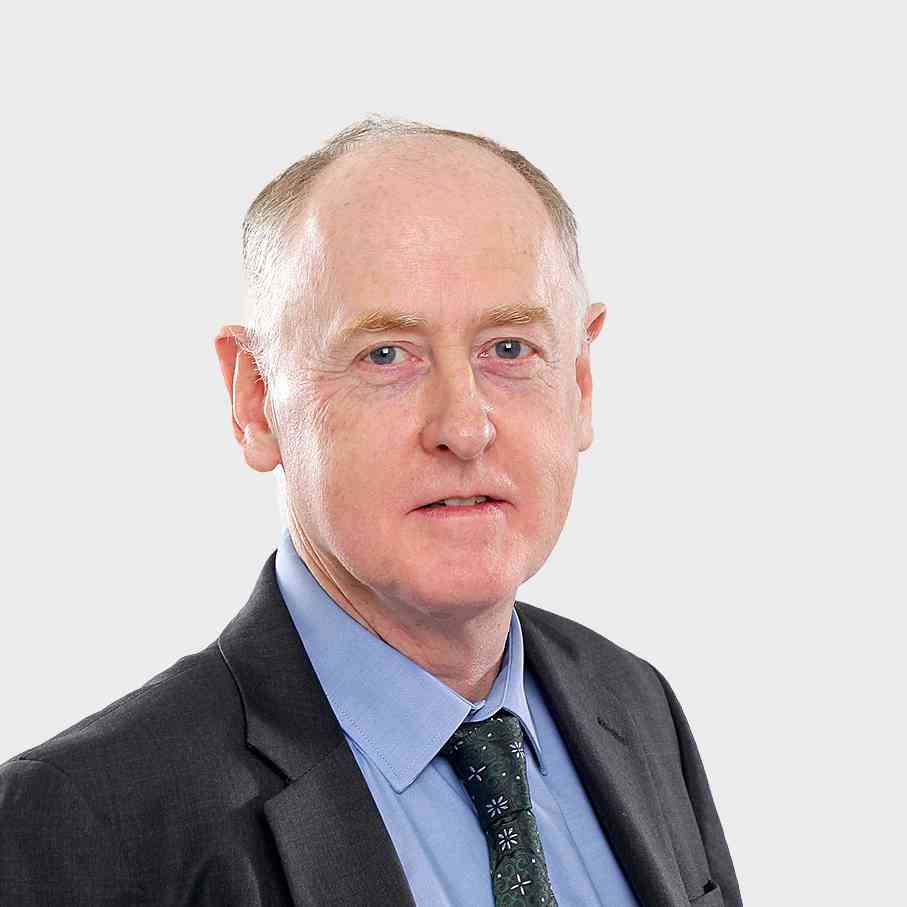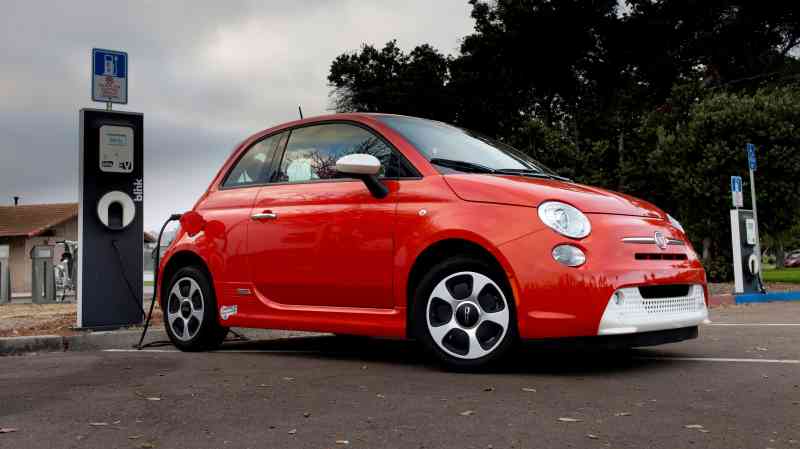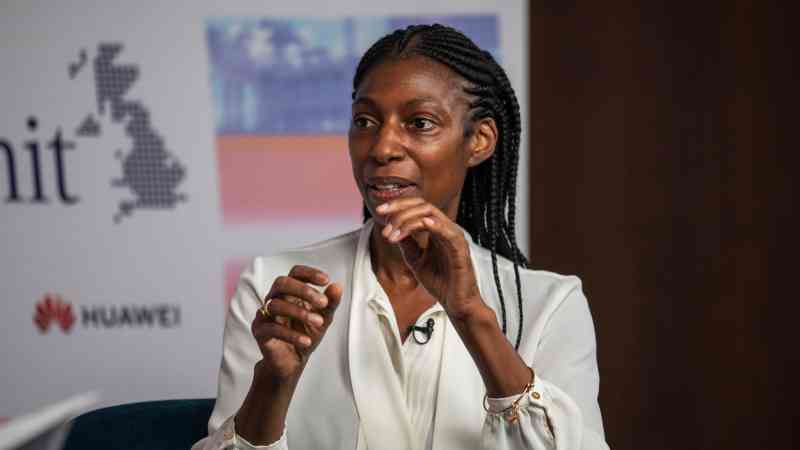Green light given for more investments
If solving global warming were as easy as raising cash for green-tinged projects, temperatures would be falling already. There is no shortage of investors wanting to do their bit, or at least (let’s be sceptical) wanting to be seen to be doing their bit.
A London-listed investment vehicle, SDCL Energy Efficiency Income Trust, said yesterday that it had been so inundated with applications that it had decided to accept £250 million of new money rather than the £175 million originally envisaged. SEEIT, which was nothing but a twinkle in the eye three years ago, has now raised about £1 billion from institutional and retail investors through no fewer than eight capital-raisings. Unless something goes badly wrong in the next few months, it will shortly join the FTSE 250.
There was a bit of a wobble over green investment vehicles in July. Liontrust had to abandon a plan for a new environmental trust when it failed to reach even the minimum £100 million. Not even hiring the environmentalist Sir Jonathon Porritt as an adviser was enough to get investors to disgorge.
SEEIT seems to not have that problem, partly because it already has a track record and has delivered on all promises thus far. It also has a narrower focus and a more compelling story: that we can make huge strides on emissions simply by reducing energy inefficiency.
Two thirds of energy gets dissipated before it even reaches the plug socket because of generating and distribution waste. Even after arriving at homes and offices, about 30 per cent of energy then gets wasted because of inefficient appliances or poor insulation.
SEEIT invests in long-term projects that put solar panels on Tesco roofs, or burn the waste flue gases from American steel mills to make locally generated electricity, or replace all Santander’s lightbulbs with LEDs. It has had no problem paying a dividend amounting to a 5 per cent yield, fully covered by income made from these projects. What’s not to like in these low-interest times?
There are risks, of course. Many corners of renewable energy have become so fashionable that they will struggle to produce commercial returns. The price of wind power assets has rocketed. District energy systems — off-grid schemes supplying towns and villages with heat — are the latest to get frothy.
With so much cash to place, SEEIT will need to be disciplined and discerning. It is, according to Jonathan Maxwell, the manager. Of 75 prospective investments worth £4 billion considered over the past year, he has said yes on only 11, worth £450 million.
Even so, what’s good for the asset manager — on a fee of 0.9 per cent — is not necessarily what’s good for the end investor. There’s always the temptation to prioritise gathering additional assets over nurturing existing ones.
The company deserves a fair wind. For the sake of the planet, green-minded investors need to make decent returns from these kinds of investments, as well as seeing carbon emissions prevented, if they are to plough in fresh capital.
Inflation gameThe gradual reopening of the economy doesn’t seem to be doing much yet to address bottlenecks and shortages. Kinks in the hosepipe are proving stubborn to iron out. The latest official numbers show 6.5 per cent of UK retailers can’t source the goods and services they need. Meanwhile, plants making fertiliser and carbon dioxide, and some making steel, are shutting down temporarily in the face of soaring energy costs.
That led to warnings yesterday of another looming step-up in food prices, household gas bills and perhaps building costs, too. All this in a week when the official annual rate of inflation hit 3.2 per cent in August, up from 2 per cent in July: the sharpest month-on-month spike in at least a quarter of a century.
Never mind. At least inflation expectations are well anchored, aren’t they? Not entirely. The latest polling by the Bank of England, which took place in mid-August, found the median guess for the level of inflation was 2.9 per cent, up from 2.5 per cent in May. One in five people already think inflation is above 5 per cent.
Its policy-setting meeting next week is unlikely to be swayed by these numbers because it is more worried the economy is slowing and could yet be derailed by fresh Covid setbacks. But expectations that prices are going up significantly, and for some time, are now starting to get baked into the national psyche.
Supermarket sweepOur story that Robey Warshaw is on Sainsbury’s payroll will set tongues wagging in the grocery sector. The corporate advice boutique is known as much for squeezing the highest price from bidders as it is for defending firms against unwanted approaches. It helped SABMiller to extract a nosebleed $100 billion from AB InBev; it landed a very decent price for insurer RSA last year, too.
To be clear, no one has admitted to circling Sainsbury’s. But the bid battle for Morrisons has led to all kinds of chatter about who might be next: private equity warriors have to do something with their billions in dry powder. The Sainsbury family, once a bulwark against takeovers, now holds perhaps 3 per cent and the staff pension fund is in surplus, so no obstacles there.
One intriguing footnote would be how George Osborne, now full-time at Robey, might be mobilised. A leveraged bid for Sainsbury, which employs 180,000, would be the hottest of political and regulatory potatoes. But after the revelations about David “text pest” Cameron’s Greensill lobbying, any Whitehall schmoozing by the ex-chancellor would be a really bad idea.




Post Comment